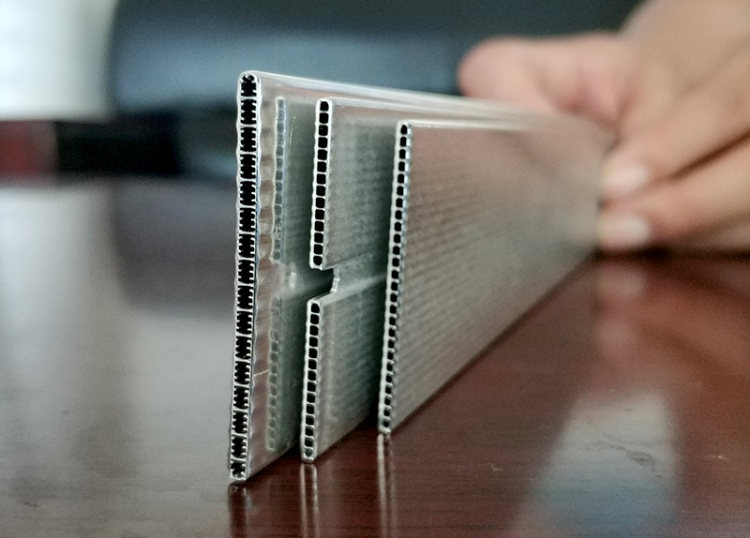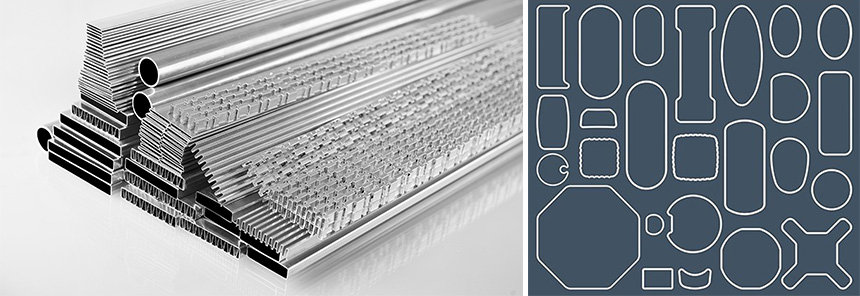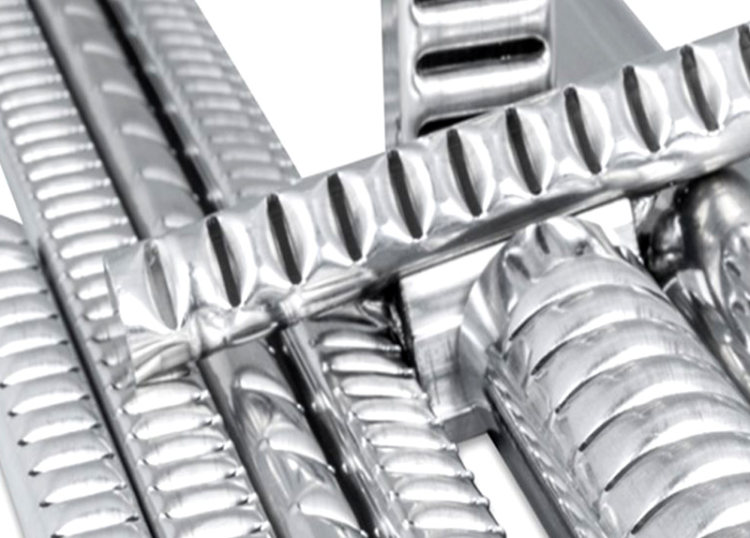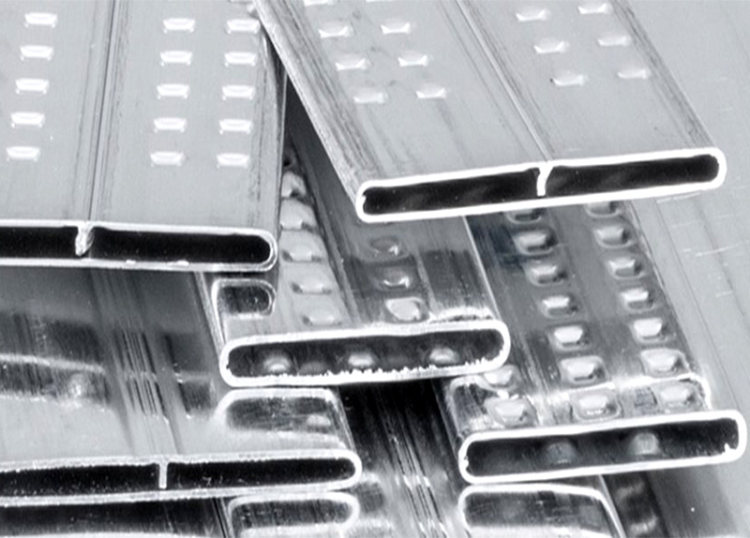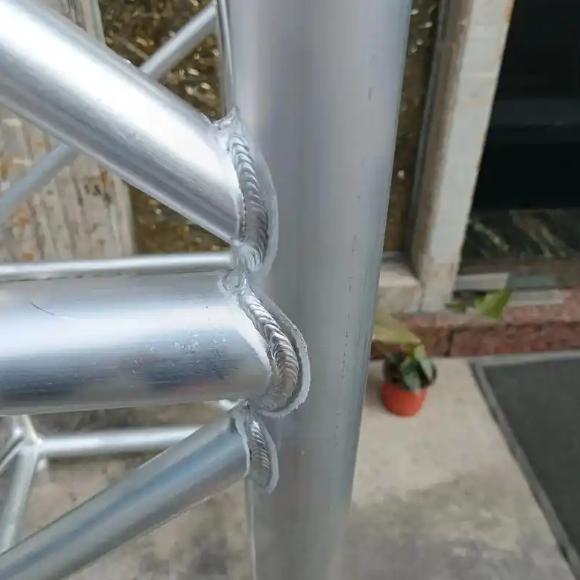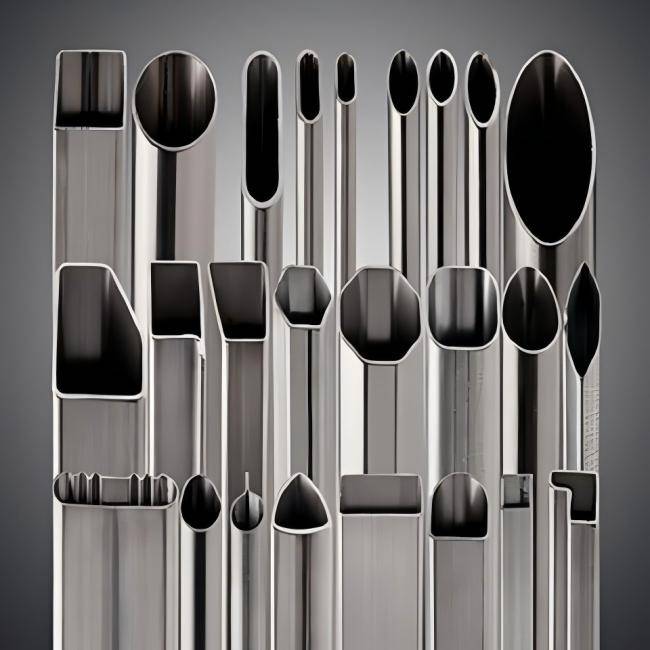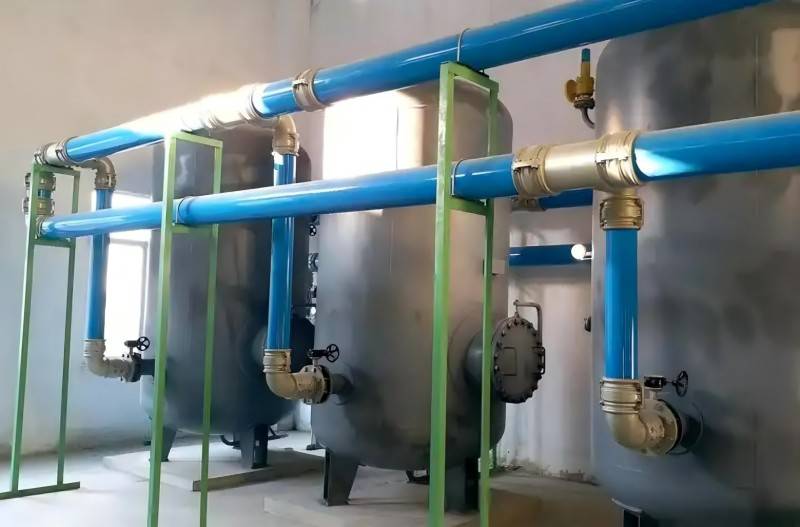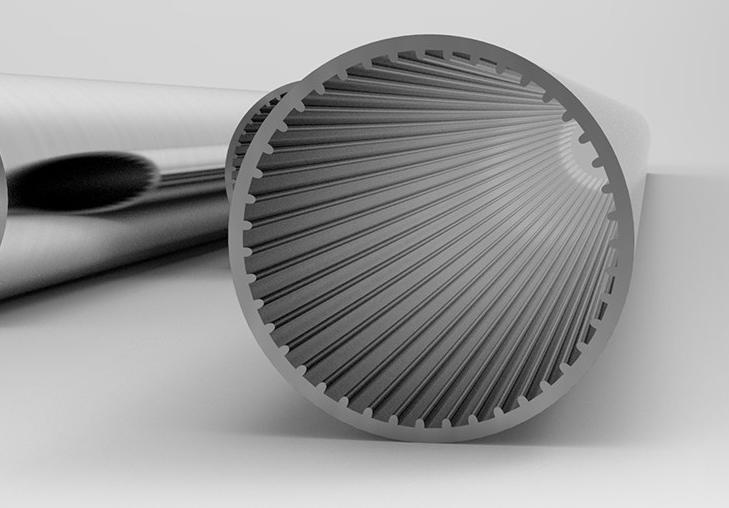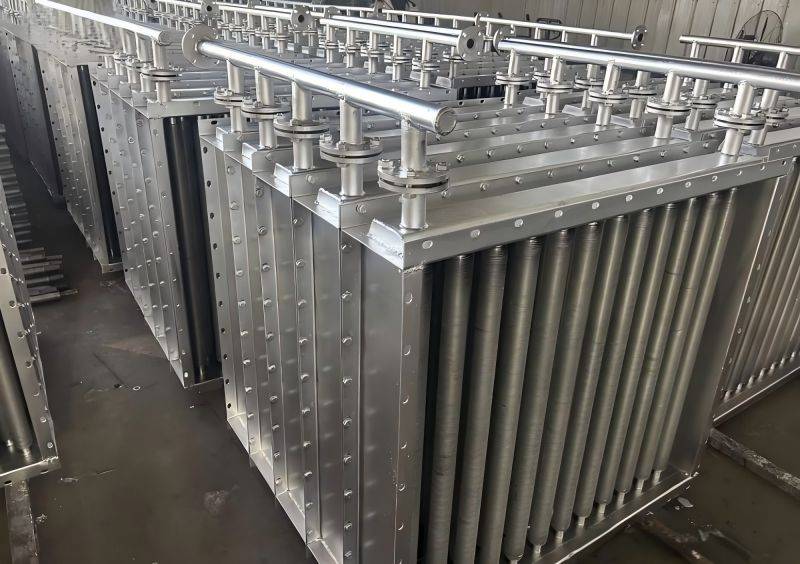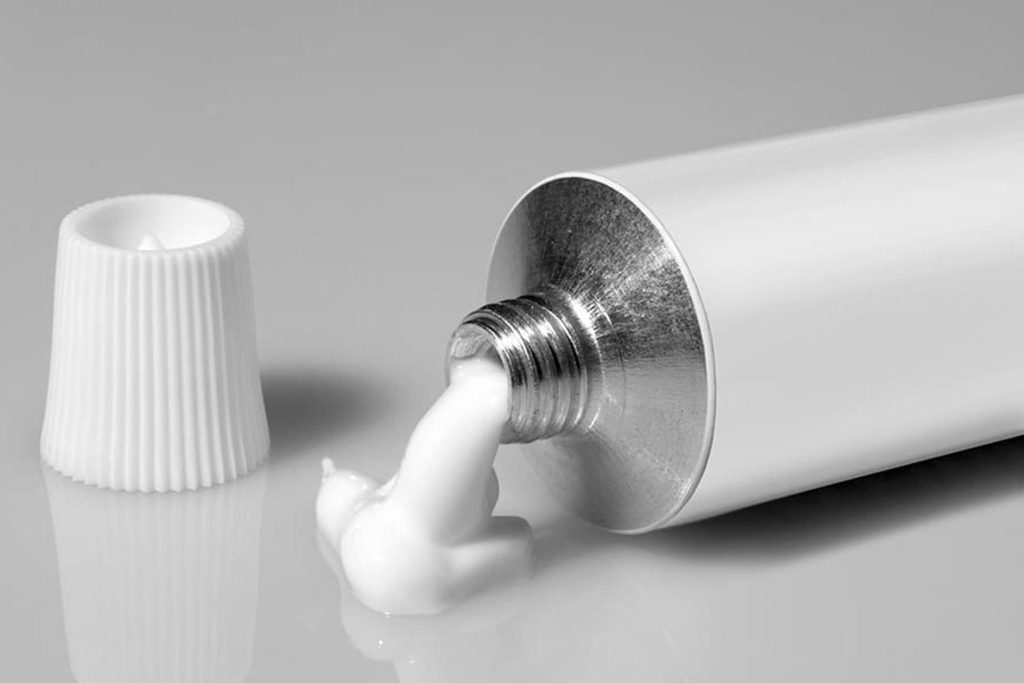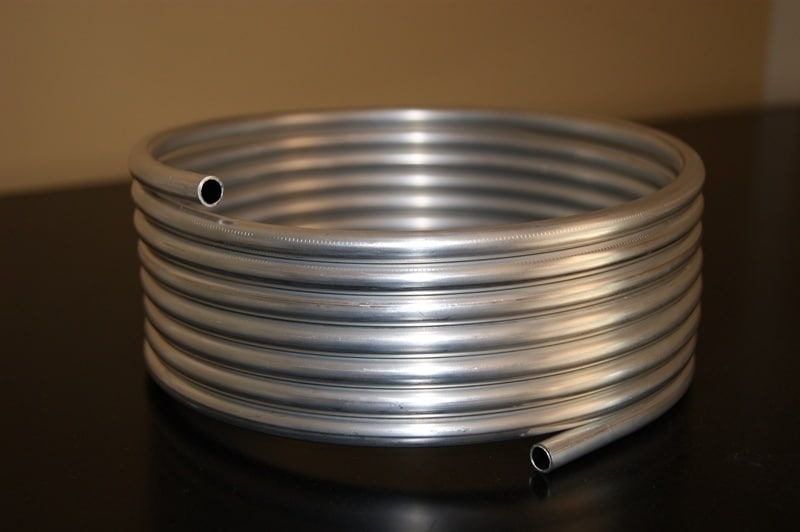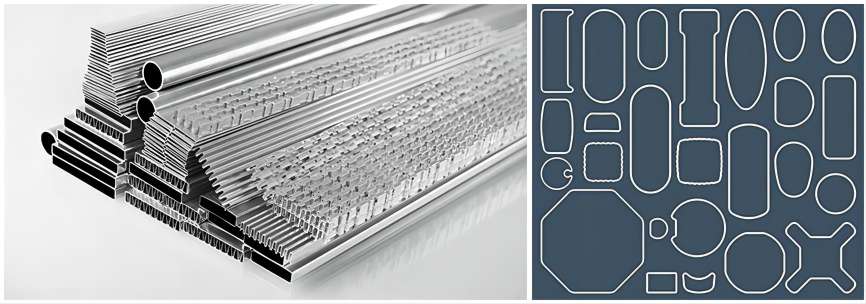Heat exchange systems play a crucial role in various industries, from automotive to HVAC, ensuring efficient temperature regulation and energy conservation. The choice of materials in these systems is pivotal for their performance and longevity. In recent years, Aluminium Micro-channel Tubes, often coupled with Flux Coating and Zinc Coating, have emerged as key components in optimizing heat transfer processes.
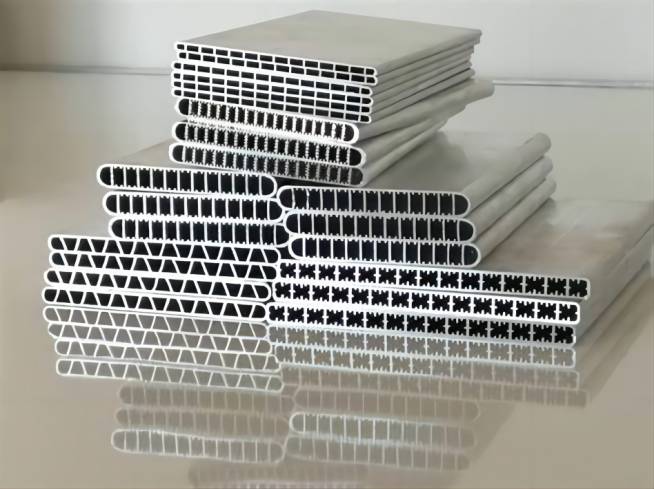
What is an Aluminium Micro-channel Tube?
Aluminium Micro-channel Tubes are a revolutionary solution in the realm of heat exchange. These tubes are characterized by their small dimensions and intricate internal structures, providing a large surface area for heat exchange within a compact space. The use of aluminium, known for its excellent thermal conductivity and lightweight properties, further enhances the efficiency of these tubes.
The advantages of Aluminium Micro-channel Tubes are manifold. Firstly, their compact design allows for the creation of lightweight and space-efficient heat exchangers, making them ideal for applications where size and weight are critical factors. Additionally, the increased surface area facilitates higher heat transfer rates, leading to improved overall system efficiency.
These tubes find applications across various industries, from automotive radiators and air conditioning systems to electronics cooling. In automotive applications, Aluminium Micro-channel Tubes have become increasingly popular due to their ability to contribute to lighter and more fuel-efficient vehicles.
Flux Coating: Precision for Enhanced Performance
Flux coating is a critical element in enhancing the performance of heat exchange systems. Flux is a substance applied to the surface of materials to facilitate the flow of molten metal during processes like soldering or brazing. In the context of heat exchange, flux coating plays a crucial role in ensuring efficient and uniform heat transfer.
The primary purpose of flux coating is to remove oxides and other impurities from the surfaces to be joined, promoting better metal-to-metal contact. This results in improved wetting and capillary action during the joining process. In the case of Aluminium Micro-channel Tubes, flux coating becomes particularly significant due to the intricate nature of their internal structures.
There are various types of flux coatings, each tailored to specific applications and materials. Common types include organic, inorganic, and water-based fluxes. The choice of flux depends on factors such as the base material, the joining process, and the intended application.
The application of flux coating requires precision and adherence to recommended methods. It is often applied using techniques such as spraying, brushing, or dipping, ensuring an even and controlled distribution across the surfaces. Proper flux coating not only improves the efficiency of heat transfer but also contributes to the overall reliability and durability of the heat exchange system.
Zinc Coating: Guardian of Durability
Zinc coating, commonly known as galvanization, involves applying a protective layer of zinc to a material’s surface to prevent corrosion. In the context of heat exchange systems, zinc coating plays a crucial role in ensuring the longevity and durability of components, especially when exposed to harsh environmental conditions.
The properties of zinc make it an ideal choice for coating materials that are prone to corrosion. Zinc is a sacrificial metal, meaning it corrodes preferentially to the base metal it protects. This sacrificial action provides a protective barrier, preventing the underlying material from corroding.
Corrosion resistance is a key benefit of zinc coating, particularly in heat exchange systems where exposure to moisture, chemicals, and varying temperatures is common. Aluminium Micro-channel Tubes, when coated with zinc, gain a significant advantage in terms of extended lifespan and reduced maintenance requirements.
The application of zinc coating can be achieved through various methods, including hot-dip galvanizing, electro-galvanizing, and zinc-rich paint. Each method offers specific advantages, and the choice depends on factors such as the type of material being coated and the intended application.
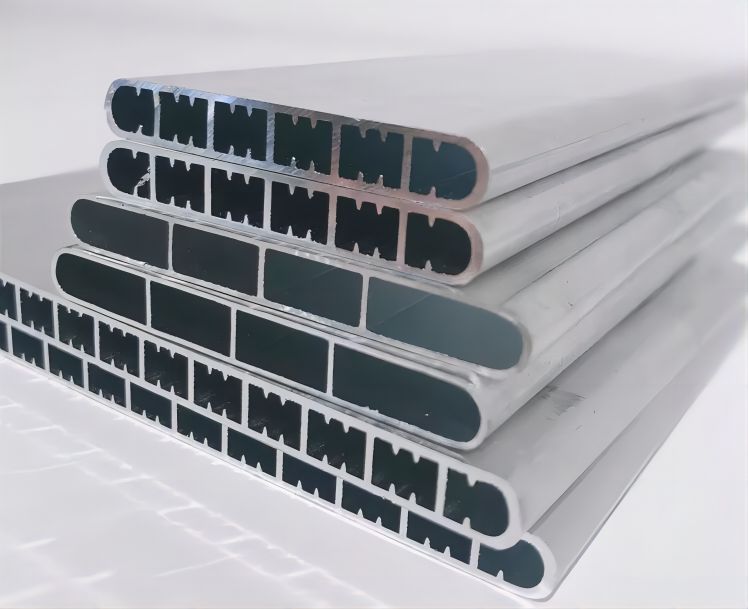
Combined Applications: A Symphony of Efficiency
The synergy of Aluminium Micro-channel Tubes with Flux Coating and Zinc Coating has proven to be a powerful combination in enhancing heat exchange efficiency.
Integration of Aluminium Micro-channel Tube with Flux Coating
The combination of Aluminium Micro-channel Tubes with Flux Coating addresses the challenges posed by the intricate structures within these tubes. Flux coating facilitates the joining of these tubes with other components in the heat exchange system, ensuring a secure and efficient connection.
This integration is particularly crucial in applications such as automotive radiators, where the reliability of the heat exchange system directly impacts the vehicle’s performance. The precise application of flux coating ensures that the internal surfaces of the tubes are free from impurities, allowing for a strong and uniform bond during the joining process.
Case studies in the automotive industry showcase the success of this integration, with heat exchangers exhibiting improved thermal performance and durability. The use of Aluminium Micro-channel Tubes with Flux Coating has become a standard practice in the design and manufacturing of modern automotive cooling systems.
Integration of Aluminium Micro-channel Tube with Zinc Coating
The combination of Aluminium Micro-channel Tubes with Zinc Coating addresses the vulnerability of aluminium to corrosion. While aluminium is prized for its thermal conductivity, it can be susceptible to corrosion, especially in harsh environmental conditions.
Zinc coating provides an effective solution to this challenge. When applied to Aluminium Micro-channel Tubes, zinc creates a protective layer that acts as a barrier against corrosion. This is particularly beneficial in applications where the heat exchange system is exposed to moisture, chemicals, or other corrosive elements.
Real-world applications of Aluminium Micro-channel Tubes with Zinc Coating are prevalent in marine heat exchangers, HVAC systems, and industrial cooling units. The addition of zinc coating significantly extends the lifespan of these systems, reducing maintenance costs and ensuring reliable long-term performance.
Potential for Triple-layered Applications
The exploration of triple-layered applications involving Aluminium Micro-channel Tubes, Flux Coating, and Zinc Coating holds promise for further advancements in heat exchange technology. This comprehensive approach addresses both the intricacies of internal structures and the external challenges of corrosion, resulting in heat exchange systems with unparalleled efficiency and durability.
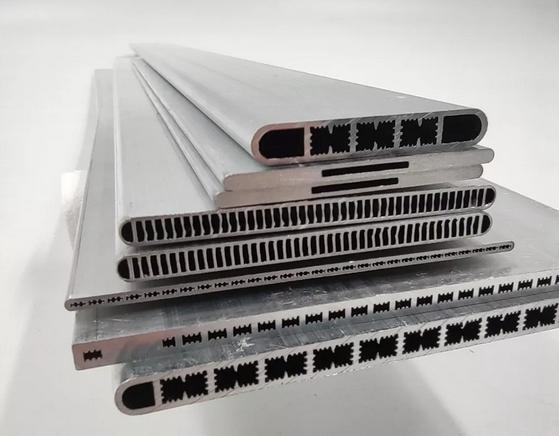
Conclusion
The combination of Aluminium Micro-channel Tubes with Flux Coating and Zinc Coating represents a significant leap forward in heat exchange technology. These innovations not only enhance the efficiency of heat transfer processes but also contribute to the overall reliability and longevity of heat exchange systems.
As industries continue to demand more compact, lightweight, and efficient heat exchange solutions, the integration of advanced materials and coatings will play a pivotal role. The success stories of Aluminium Micro-channel Tubes, Flux Coating, and Zinc Coating in various applications underscore their importance in shaping the future of heat exchange technology. With ongoing research and development, we can expect continuous improvements in performance, opening new possibilities for a wide range of industries that rely on effective heat exchange systems.

